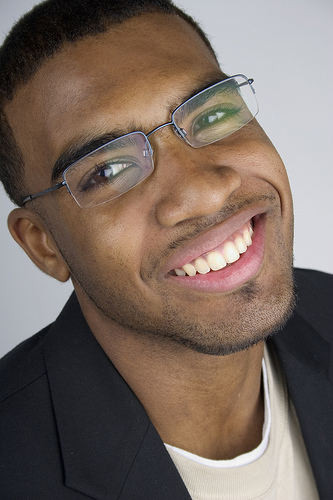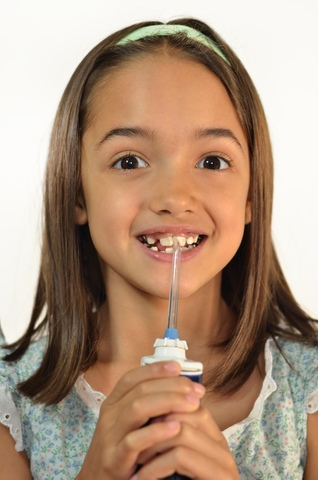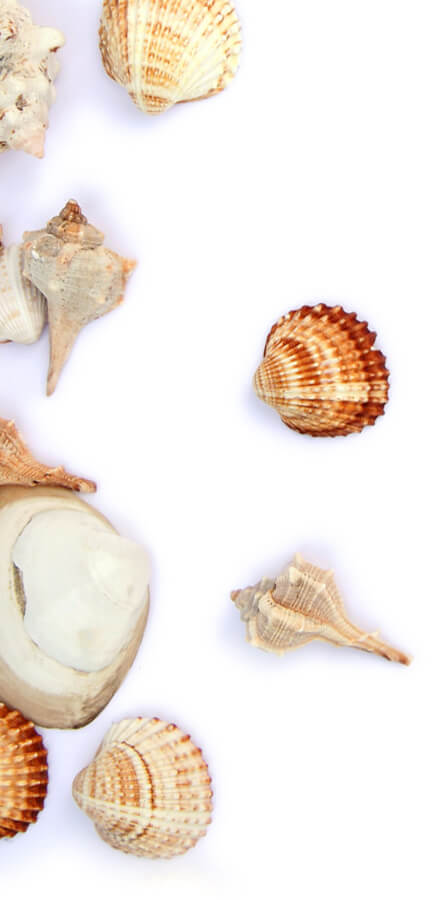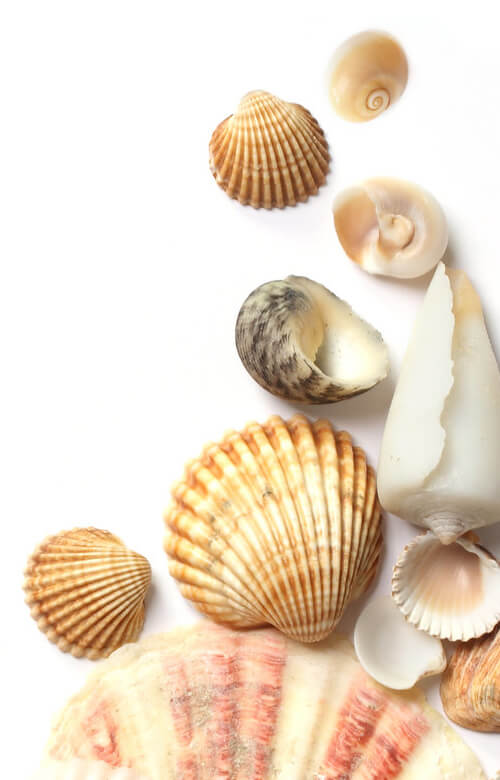November 4th, 2020

Dr. Mark Goedecke and our staff rely on digital X-rays to help us diagnose oral conditions and process images at incredibly high speeds. You can also view digital X-rays in real time while we examine your mouth with an intraoral camera and upload the images to a software program. A chairside computer monitor lets you see these images as we refine areas of concern to ensure an accurate diagnosis.
But are dental X-rays safe?
Yes! They emit 80 percent less radiation than exposure-type X-rays and provide detailed images to improve diagnosis and treatment. We can now detect dental problems in their earliest stages without subjecting you to unnecessary radiation. The amount of radiation released by digital X-rays is “negligible,” which means the amount is so small, that it can be safely disregarded.
Safe enough for children and pregnant women, digital X-rays detect microscopic pitting in tooth enamel and other abnormalities in the oral tissues that might have remained undetected with traditional X-rays. When Dr. Mark Goedecke and our staff discover dental caries in their earliest stages, we can initiate treatment measures that will effectively prevent cavity development, tooth decay, and potential tooth loss.
Patient appointment lengths are shortened with digital X-rays as well, because images are immediately viewable and do not require the exposure time associated with old-style X-rays.
How Digital X-Rays Differ from Traditional X-Rays
Instead of using cardboard-contained film, we insert a small sensing device about the size of a pen in your mouth and engage the digital X-ray machine by manually manipulating control buttons. Within seconds, images appear on the monitor that can later be stored in your file or sent to another doctor for further examination.
The increased resolution afforded by digital X-rays means that patients are able to understand the seriousness of their dental issues better, and are more inclined to follow through with procedures recommended by Dr. Mark Goedecke.
Safer, Better and Faster
For detection of cancerous tumors in their early states, digital X-ray technology offers vast improvements over film X-rays because of its cutting-edge image processing capability. Early detection of oral cancer and dental caries is the best way to prevent any type of oral health problem from exceeding the treatable stage.
October 28th, 2020

Dr. Mark Goedecke and our team at Goedecke Family Dentistry frequently field questions about cavities and what causes them. Patients will typically ask, “I brush twice a day and floss regularly, as well as rinse with hydrogen peroxide, so a cavity is unlikely, right?”
Not quite.
When cavities, also known as caries, are in their initial stages, people often will feel no symptoms, and they won’t experience any pain or discomfort. It’s not until the tooth decay has reached a certain level that patients begin to notice the signs. If you are experiencing any of the following symptoms, you may want to consider scheduling an appointment with Dr. Mark Goedecke as soon as possible:
- Dull or sharp toothache
- Tooth sensitivity or mild to sharp pain when eating or drinking something sweet, hot, or cold
- Persistent bad breath or a bad taste in the mouth
- The presence of a sticky, tarry feeling when biting down
- Puss or discharge around a tooth, especially when pressing on your gums
- Visible holes or discoloration in your teeth (usually black or brown)
Cavities can happen at any time, to anyone, no matter how old you are. Routine dental care is important to prevent cavities or the onset of tooth decay, so it is important to visit Dr. Mark Goedecke and our team at Goedecke Family Dentistry for regular cleanings. If you are overdue for a checkup or think you may have a cavity, please give us a call at Mt. Pleasant office to schedule an appointment.
October 21st, 2020

CEREC is an acronym for Chairside Economical Restoration of Esthetic Ceramics. It is a type of dental technology that incorporates two computer technologies: CAD (computer-aided design), and CAM (computer-aided manufacturing). CEREC technology allows Dr. Mark Goedecke to design, make, and perfect a crown while you wait in the office. The process is generally completed in less than an hour.
The process begins when we take a picture of the tooth that will receive the crown. Using that picture, a digital impression of the real tooth is created. The proprietary software allows us to create the adjacent teeth digitally, which aids in the process of recreating the computer image that is sent to the milling machine via wireless transmission.
If we recommend a CEREC crown, you will get a permanent crown during a single office visit. We will be able to take a picture of your tooth and mouth, and then create the crown for your tooth. The design process allows us to match your crown to your real tooth as closely as possible.
CEREC crowns are made out of either ceramic material or a type of synthetic resin. Blocks of the material Dr. Mark Goedecke will choose go into the milling machine, where diamond blades file and shape the block of solid material into a crown that will look as much like your real tooth as possible.
Before permanently securing the crown in your mouth with resin cement, we will smooth, file, and refine the shape of the crown, putting it in your mouth to check your bite, and removing it to make small adjustments. After cementing the tooth in your mouth, Dr. Mark Goedecke will check to make sure the surface of the crown is smooth enough to make proper contact with your teeth when you bite down.
For more information about CEREC, or to schedule an appointment with Dr. Mark Goedecke, please give us a call at our convenient Mt. Pleasant office!
October 14th, 2020

Water picks, sometimes called “oral irrigators,” make an excellent addition to your regular home care regimen of brushing and flossing. Especially helpful to those who suffer from periodontal disease and those patients of ours undergoing orthodontic treatment with full-bracketed braces, water picks use powerful tiny bursts of water to dislodge food scraps, bacteria, and other debris nestled in the crevices of your mouth. Children undergoing orthodontic treatment may find using a water pick is beneficial if their toothbrush bristles tend to get caught on their wires or brackets.
When you use a water pick, you’re not only dislodging any particles or debris and bacteria you might have missed when brushing, you are also gently massaging the gums, which helps promote blood flow in the gums and keeps them healthy. While water picks are an excellent addition to your daily fight against gingivitis and other periodontal diseases, they are incapable of fully removing plaque, which is why Dr. Mark Goedecke and our team at Goedecke Family Dentistry want to remind you to keep brushing and flossing every day.
If you have sensitive teeth or gums and find it uncomfortable to floss daily, water picks are a good alternative to reduce discomfort while effectively cleaning between teeth. Diabetics sometimes prefer water picks to flossing because they don't cause bleeding of the gums, which can be a problem with floss. If you have a permanent bridge, crowns, or other dental restoration, you may find that a water pick helps you keep the area around the restorations clean.
So how do you choose the right water pick?
Water picks are available for home or portable use. The home versions tend to be larger and use standard electrical outlets, while portable models use batteries. Aside from the size difference, they work in the same manner, both using pulsating water streams. A more crucial difference between water picks is the ability to adjust the pressure. Most home models will let you choose from several pressure settings, depending on how sensitive your teeth and gums are. Most portable models have only one pressure setting. If you want to use mouthwash or a dental rinse in your water pick, check the label first; some models suggest using water only.
Please give us a call at our Mt. Pleasant office if you have any questions about water picks, or ask Dr. Mark Goedecke during your next visit!







